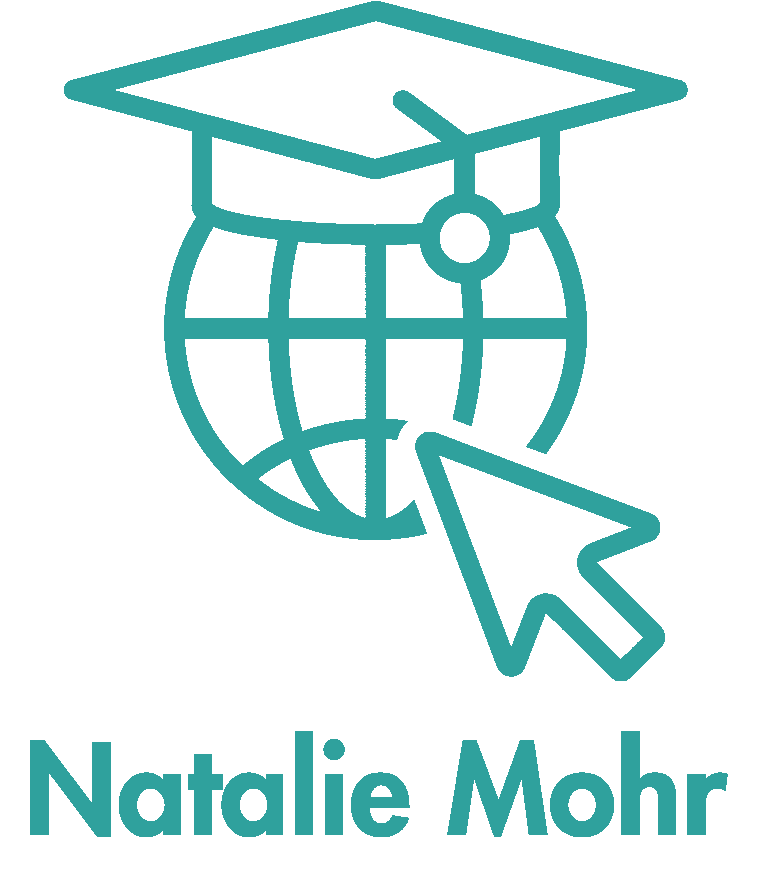Project: Human Sexuality Course (4 Modules)
This course was created for graduate level students taking a course on Human Sexuality at the Seattle School of Theology and Psychology. During the initial phase of the ADDIE Model (Analysis), I conducted a needs analysis, learner analysis, and task analysis. I worked closely with the stakeholder, the instructor, to identify the goals and objectives of the course and select learning material. I followed up by creating two interactive Storyline 360 projects that the instructor used with his students. A challenge we initially faced was that the instructor wanted interactive lessons however his institution's LMS only supported common cartridge files. To circumvent this, I was able to upload each lesson onto the Amazon S3 hosting site and making them accessible through a link he added to his lessons.
Click on each image to view the Project Definition Plan, the Instructional Design Plan, structured using Gagne's Nine Events of Learning and the two projects I created.
Project Definition Plan
Instructional Design Plan Using Merrill's Principles of Instruction
Deliverables
Lesson 3.2 Interactive Scenario - Case Study, “Call Me By My Name”
Objective 3.2: After course readings, students will assess the implications of transformative forces on societal norms as demonstrated in a discussion post providing one critical reflection question with 100% accuracy.
Conversational Simulation: Enhancing Empathy and Understanding in Counselor Training
This interactive e-learning experience was designed for future counselors and therapists who have not yet developed practical skills in working with diverse populations. The objective was to create a meaningful, immersive learning experience that fosters empathy, critical thinking, and a deeper understanding of the challenges faced by transgender individuals. This was accomplished by integrating ChatGPT into Storyline 360 using a back-end server to securely store the API key.
The interaction begins with a clear disclaimer that the conversational exercise is conducted with a chatbot, not a real person, and that the character portrayed does not represent the entirety of transgender experiences. This framing ensures learners approach the activity with awareness and sensitivity.
Rather than passively reading a static case study, Call Me By My Name, I transformed the case study subject into a character learners can engage in a dynamic conversation. She begins by candidly sharing her experiences and perspectives. Students are encouraged to ask open-ended questions to explore various categories of challenges, including identity, discrimination, and social barriers. The intent was not to practice therapeutic techniques but to provide a simulated dialogue where learners could engage in discussions they may not have the opportunity to experience in real-world settings. This risk-free environment allows students to ask questions and confront potential biases in a way that supports meaningful learning and personal growth.
By transforming a traditional case study into an interactive, conversation-based experience, this project bridges the gap between theoretical knowledge and real-world application, helping learners develop cultural competence and a more nuanced understanding of transgender experiences.
Lesson 2.1 Anatomy and Physiology of the Reproductive Organs
Objective 2.1: After reading course literature and diagrams on sexual anatomy, students will be able to identify twelve parts of the human reproductive system with 80% accuracy as demonstrated on a blank image.
Objective 2.2: After reading course literature and reviewing terms and functions, students will be able to identify 18 functions of the reproductive system with 80% accuracy as demonstrated on a matching quiz.
Interactive Learning: Scaffolding Anatomy and Function in Reproductive System Education
This activity was designed to present complex anatomical information in smaller, digestible segments, allowing students to progress at their own pace. Using a scaffolding approach, learners first engage with guided instruction and self-paced practice exercises to reinforce their understanding of the anatomy and functions of the male and female reproductive systems. It utilizes supplemental video resources and content from the stakeholder. It begins with an activation activity (Gagne's Nine Events of Learning) using a case-study. It includes interactive click and reveal activities and self-assessments followed by a summative assessment quiz.
To support mastery, the activity incorporates a structured progression: students first learn the content, then engage in interactive practice by quizzing themselves, and finally demonstrate their knowledge in a checkpoint assessment where they must identify key structures and functions without support. Given the e-learning format, traditional labeling exercises were not feasible; instead, the interactive design ensures an equivalent learning experience by integrating meaningful engagement with the material through practice and assessment.
This approach not only enhances retention but also provides a clear pathway from initial exposure to independent application, ensuring learners build confidence and competence in the subject matter.
Lesson section titles were created using Vyond. Adobe photoshop was also used for editing.

